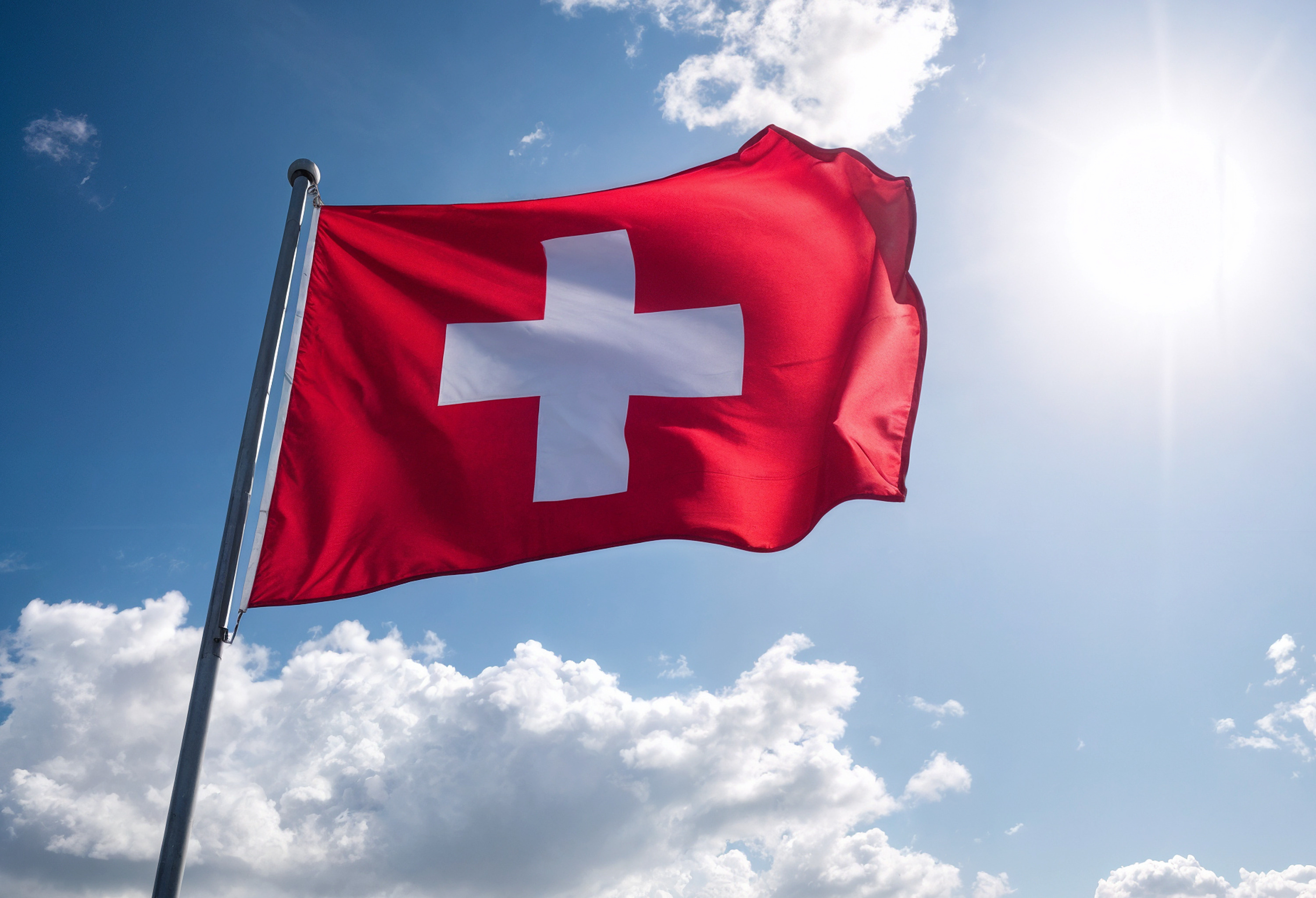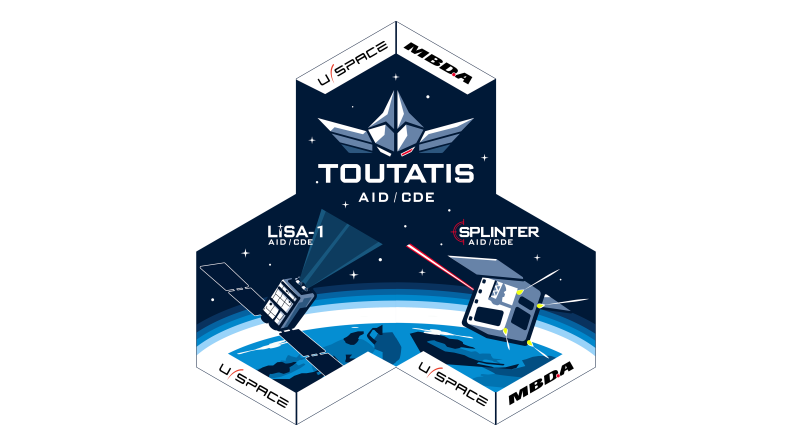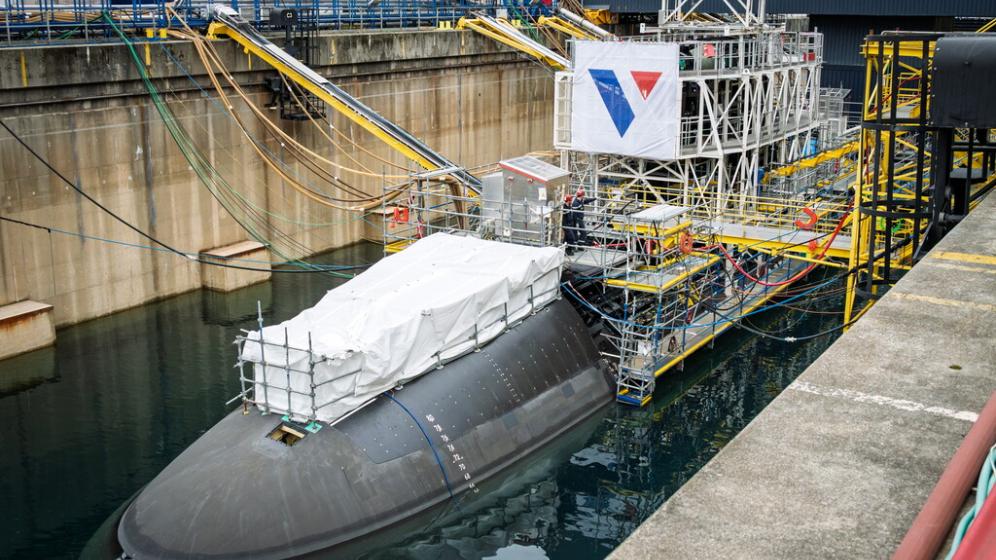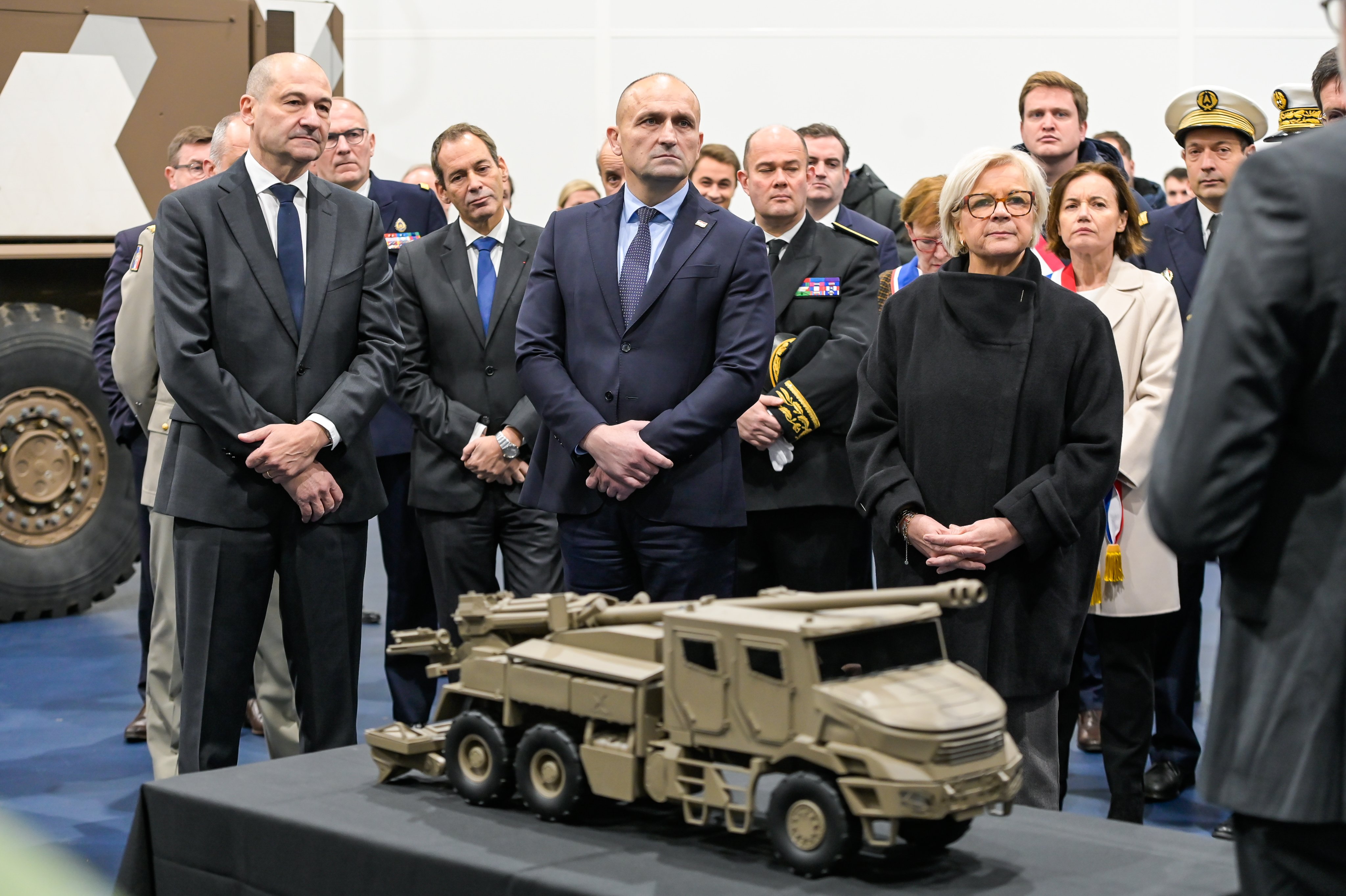The Strategic air forces (FAS) are the airborne component of the French nuclear deterrent and, since 1964 have been fundamental to the expression of French power. This component remains a central and unifying element for the development of the French Air Force.
The Airbone Nuclear Component: an Approach to Excellence
An airborne component based on nuclear sufficiency
The nuclear air forces are composed of assets that are allocated according to the principle of strict sufficiency and sized to meet the ‘appropriate nuclear need’. This need was redefined in 2008 and led to the reduction from three to two Air Force squadrons of nuclear-capable fighter aircraft. These forces are capable of inflicting unacceptable damage on any player who threatens the vital interests of the nation. The permanent character of French nuclear deterrence, and the reaction times that such deterrence implies, requires the support of a considerable volume of dedicated resources, including crews, aircraft and technical support, as well as the security environment needed for effecting the overall mission, which involves physical protection (on the ground) and in-flight escort. This permanent tasking to provide nuclear deterrence requires the commitment of the entire Air Force and is accorded the highest priority.
The dynamism created by the airborne nuclear component
The airborne nuclear component is notable for its permanent ability to deploy at short notice. To do this it has some obvious intrinsic assets: it offers great flexibility in its modes of action and great precision in strike. If faced with a possible attack on our vital interests, these diverse modes of action enhance beyond measure the credibility of nuclear deterrence.
The success of the nuclear mission relies on the most demanding of operational knowhow: taking into account the international implications, the distances to be covered, the threats encountered and the precision required of the strikes, the competence sought from the crews is of the highest order.
The necessary rigour and the need for security are the foundations of a team spirit which lies behind all the operations of the strategic air forces (Forces aériennes stratégiques – FAS).
The first armed Mirage IV was put on nuclear alert in 1964: since then, the nuclear deterrent mission has led to the creation of both operational and technical expertise.
Autonomy in use is essential to deterrence, and it has necessitated the development of particular types of hardened and often innovative materiel to guarantee complete operational effectiveness. As a result, advanced research has led to the development of electronic countermeasures, a navigation system and an automatic terrain-following capability, which have all added to the credibility of the component and guaranteed its operational reliability. These capabilities have naturally been passed on to assets of the Air Force which perform a conventional role—electronic warfare measures and the Mirage 2000’s terrain-following system, for example. The same goes for communications systems, which also have a need for robustness and performance: their development has led to general improvement in aeronautical communications.
The deterrent mission is also the catalyst for industrial and technological excellence within the defence industrial and technological base. Through cause and effect, some major programmes which have been developed for the FAS have been expanded into dual systems to the broader benefit of the Air Force. A further point is that, by the very nature of the programmes undertaken, some skill areas have had to remain strictly national. Because of this, investment in these skills has been of benefit to other major industrial developments. Among these, in particular are propulsion (ramjet technology), aerodynamics (flight from the lowest to the highest altitudes), the extreme mechanical and thermal environments of long-range supersonic missiles, penetration of hardened and heavily defended targets and hardening of electronic components against nuclear attack.
A recognised centre of nuclear excellence
The nuclear certification process for our new military nuclear systems—Rafale with the ASMPA (the advanced medium range air to ground missile), for example—is based on unique knowledge, and has had remarkable success. Modernisation of the strategic air forces has highlighted once again the nuclear skill of Air Force personnel and their competence in the subject. These skills concerning the airborne nuclear mission are quite rare and highly regarded. It is worthy of note that any loss of competence in the very specialised field of nuclear weapons has an immediate effect on the credibility of the system overall and requires substantial measures to be taken to rebuild the necessary knowledge. One of our allies has had bitter experience of this as a result of pressure of external commitments over the past 20 years, during which its units neglected their preparation for the operational nuclear role in favour of their conventional roles. The French Air Force affirms its absolute commitment to the priority of the nuclear deterrent role.
Conventional capability within the constraints of the nuclear role
All that said, the crews of the strategic air forces are not channelled exclusively into the nuclear mission, albeit that role remains fundamental to operational preparation. The deployment of personnel to other roles is eased by the multi-role capability of the aircraft, and provides the military chief with a range of capabilities within the conventional field. This is also true for the fleet of tanker aircraft which every day and at all latitudes provide support to French and allied combat aircraft. Soon, with the entry into service of the A330 multi-role transport tanker, this capability will be further improved.
The strategic air forces contribute to the Air Force’s conventional tasking by supplying a pool of high quality crews who participate in the establishment of air power on operations. This use of manpower and material dedicated to the deterrent mission means careful choices have to be made with regard to the political authority’s view of the geopolitical situation at the time. Such use cannot be allowed to become routine.
Analysis of recent conflicts shows that, when possible within the constraints of the requirements for the nuclear role, the strategic air forces are completely adapted to participate from the outset and in the long term in conventional missions. In this way, all involved in the operation can benefit from the remarkable tactical and technical expertise that has been acquired during training for the nuclear role. ♦








